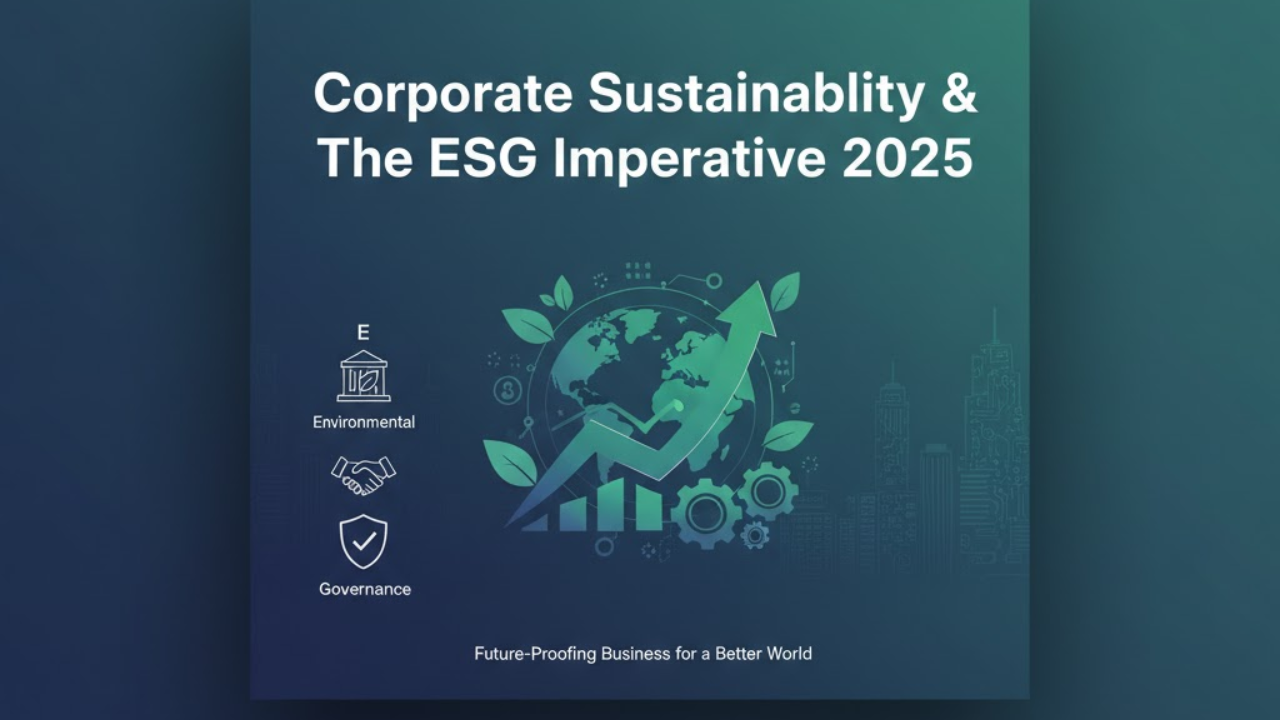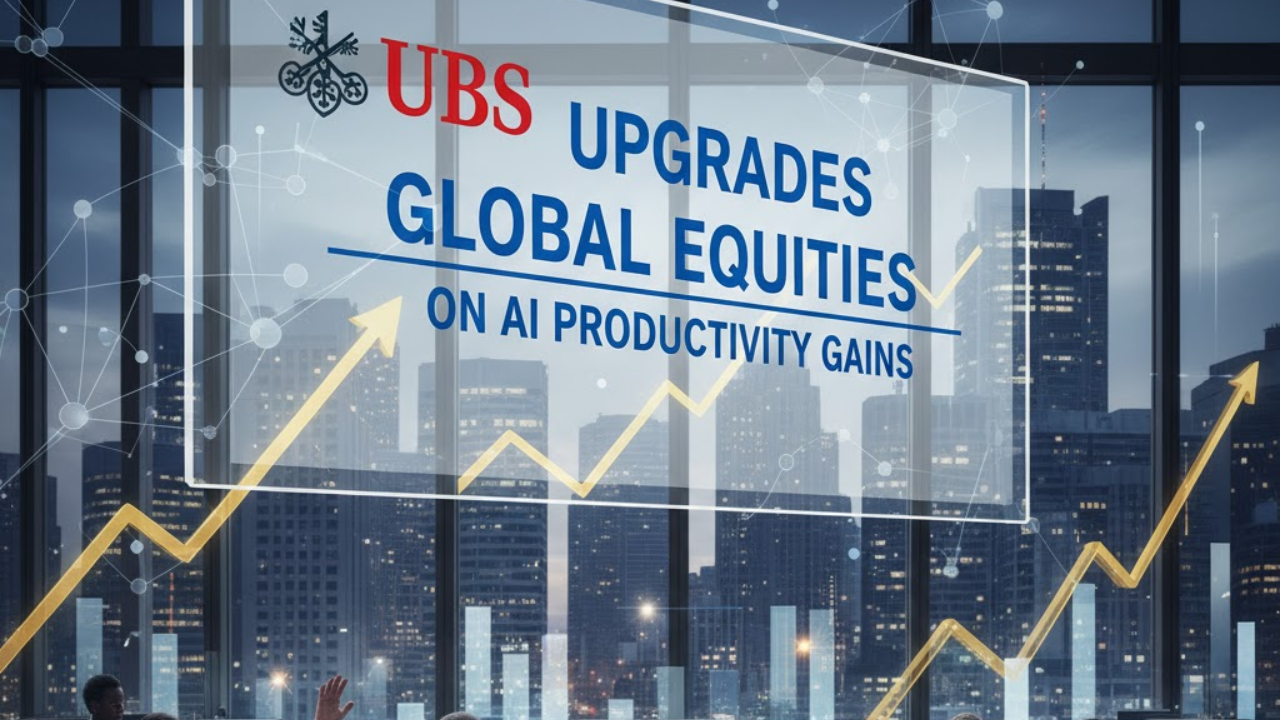
Post by : Meena Rani
In investing, timing can make all the difference. Those who spot structural, long-duration trends early, before they become consensus, often capture outsized returns. The phrase “winning stock investors make money spotting trends early” has been echoed in recent commentary as a hallmark of successful investing. Morningstar
But this is easier said than done. Trend identification involves separating noise from signal, having conviction to act before the herd, and managing risk when sentiment is still weak.
In this article, we’ll explore how top investors detect early trends, what frameworks, tools and indicators they use, how to position portfolios around nascent themes, and risks & guardrails to avoid common pitfalls.
An early trend is a structural shift in technology, consumer behavior, regulation, macroeconomics, or capital flows that is beginning to influence valuations but has not yet been fully priced in. Examples might include:
The rise of generative AI across industries
Emergence of new energy storage technologies
Reindustrialization or reshoring of supply chains
Longevity, biotech, or healthtech breakthroughs
New financial infrastructure (blockchain, decentralized finance)
These trends are not fads; they are multi-year shifts whose core drivers are durable. The edge lies in entering while the trend is still forming, often ahead of institutional crowding.
Lower valuation base: When a trend is nascent, valuations are modest; as adoption accelerates, multiples expand.
Conviction premium: Those who invest early are rewarded for bearing uncertainty.
Time in theme: A longer runway allows compounding to work.
Risk asymmetry: If downside is limited and upside is broad, risk-reward tilts in favor.
But entering too early in the wrong trend, or misjudging durability, can cost dearly.
To successfully identify early trends, many top investors adopt a few guiding principles and mental frameworks:
Trends often accelerate at inflection points—when regulation changes, new standards emerge, subsidy regimes shift, or capital returns improve. Recognizing these catalyst moments is key.
For instance, a subsidy or tax incentive may turn EVs from niche to mass; a data regulation change may unleash AI adoption.
Big trends often combine multiple domains. AI + healthcare, renewable energy + storage, fintech + regulation. The intersection of trends produces outsized innovation.
Investors who connect the dots across sectors can spot the next “trend crossroad.”
Often the early beneficiaries are not headline firms but suppliers, enablers, infrastructure, or component players. For example, in the AI boom, infrastructure (chips, cloud, data centers) often leads before applications.
Before prices surge, behaviors shift: insider buying, institutional accumulation, patent filings, early pilot deals, R&D funding, regulatory filings, M&A activity.
Relying solely on price momentum is too late; behavior leads price.
Not every “hot idea” becomes a trend. Constantly test assumptions, have stop losses, and avoid anchoring your worldview. Trends evolve, and some are oversold.
To operationalize trend spotting, investors combine qualitative insight with quantitative tools. Here are key indicators and tools:
Volume Acceleration: An uptick in volume often presages price breakouts.
Relative Strength / Momentum Scores: Stocks or sectors outperforming peers early.
Moving Average Crossovers: When shorter moving averages cross longer ones (e.g. 50-day over 200-day) — though lagging, they help confirm.
Trend Breakouts / Channel Breaks: Price moving above resistance levels or breaking out of consolidation.
Breadth Metrics: Market or sector breadth improving (more stocks participating).
Volatility Contraction / Expansion: Periods of low volatility often precede breakouts.
Earnings Revisions / Analyst Upgrades: Upgrades often follow conviction building inside firms.
Capex Commitments: Firms starting to spend means they see demand ahead.
Regulation / Policies: New standards, subsidies, or rules.
Deal Flow & M&A: Acquisitions or partnerships in that space show strategic bets.
Patents, Grants, R&D Activity: Indication of effort and resources being deployed.
Supply Chain Shifts: Companies sourcing differently, reshoring, or securing new inputs.
Text / Sentiment Analytics: Monitoring mentions in earnings, filings, news, social media.
Patent / Publication Analytics: Tracking growth in patents or research in particular domain.
Private Markets & VC Activity: Where venture capital is flowing can predict public trend.
Commodity & Input Demand: For example, rising lithium demand foreseeing battery industry growth.
Recent research uses AI/ML models (XGBoost, random forest, LSTM) to detect trend patterns, signal shifts, and forecast inflection points. These can provide quantitative signal overlays, though human context remains essential.
Once a trend is identified, execution matters. Here’s how sophisticated investors generally proceed:
Don’t go all-in immediately. Start with a core position, let conviction build, and scale as evidence accrues. This helps manage downside if the trend misfires.
Invest not just in the “best” names but across the value chain (suppliers, enablers, applications). This spreads risk and increases optionality.
Early trend investing often requires multiple years. Expect volatility, drawdowns, and periods of underperformance.
As consensus builds, some names will become overvalued. Trim winners and reinvest in less-followed names within the theme. Avoid blind hold-and-forget.
Because early trends are inherently uncertain, set downside limits, position caps, and regularly reassess thesis. If key assumptions break, exit or hedge.
Use options, pairs trades, or hedges to control downside while maintaining upside exposure.
To ground theory, consider the AI paradigm shift in 2023–2025. Many investors now say it’s “obvious,” but the early phase began years ago.
Infrastructure (chips, cloud, GPU) and data centers gained first.
Applications followed: enterprise software, automation, analytics.
Behavior signals preceded the price run: capex commitments, partnerships, AI grants, open-source tooling.
Institutional pivot came only when earnings started justifying valuations.
Early investors capturing the infrastructure leg had the advantage over later application-only participants.
This illustrates how trend layers reveal themselves over time, and that being early in the infrastructure leg often yields higher compounding.
No early trend strategy succeeds all the time. Common mistakes include:
Chasing hype too late: Entering after a 100 %+ run is not early.
Overconcentration: Betting too heavily on one name or narrow set.
Misjudging duration: Expecting linear returns; volatility and drawdowns are inevitable.
Ignoring macro / cyclical risk: Even good trends can suffer during recessions.
Neglecting liquidity: Small or illiquid names may suffer in corrections.
Confirmation bias: Only seeking signals that support your view and ignoring red flags.
Sticking to dead themes: Sometimes trends don’t pan out; cutting losses is vital.
Emerging next themes: e.g. climate tech, biotech, personalized medicine, geospatial data, robotics.
Vitamin-level trends: Small but essential shifts (e.g. cybersecurity, satellite internet) that grow gradually but last decades.
Regime shifts: Policy or regulatory bursts that catalyze trend acceleration (e.g. carbon pricing, AI regulation).
Cross-theme convergence: The layering of trends (AI + healthtech, clean energy + grid, etc.).
Momentum divergence: When early adopters plateau, look for second-tier names picking up momentum.
Institutional flows: When institutional capital shifts, it signals that a trend is passing inflection to broader adoption.
Spotting market trends before they peak is as much art as science. It requires:
A mindset oriented toward inflection, not consensus
Willingness to act amid uncertainty
A framework to scan behavior, not only price
Tools (quant, sentiment, ML) as aides—not substitutes
Risk controls and gradual scaling
Successful trend investors don’t always bet big early—they scale, diversify, hedge, and adapt. The goal is not to catch every trend, but to catch a few durable ones and ride them with conviction.
If you like, I can build a template & checklist for applying this “spot trends early” framework in Indian markets (Nifty, small caps) or for your sector of interest.
Disclaimer: This article is for informational and educational purposes only. It is not a financial, investment, or trading recommendation. Readers should conduct their own research or consult professionals before making investment decisions.
trend spotting, market trends, early investing, investment strategy, stock market trends, trend analysis, momentum investing










Bengaluru-Mumbai Superfast Train Approved After 30-Year Wait
Railways approves new superfast train connecting Bengaluru and Mumbai, ending a 30-year demand, easi

Canada Post Workers Strike Halts Nationwide Mail and Parcel Services
Canada Post halts operations as CUPW strike disrupts mail and parcel delivery nationwide amid disput

PM Modi Launches BSNL ‘Swadeshi’ 4G Network, 97,500 Towers Built
India enters global telecom league as PM Modi inaugurates BSNL’s indigenous 4G, connecting 26,700 vi

India’s Iconic MiG‑21 Takes Final Flight After Six Decades of Service
After 60 years India retires its MiG‑21 fighter jet, a legendary yet controversial warplane marking

Hindustan Zinc unveils AI hotspot monitoring at Debari smelter
Hindustan Zinc launches AI-powered Switchyard Hotspot Monitoring at Debari smelter to cut outages bo

Chinese experts worked inside sanctioned Russian drone plant
Chinese drone specialists visited IEMZ Kupol supplying parts and drones via intermediaries, deepenin